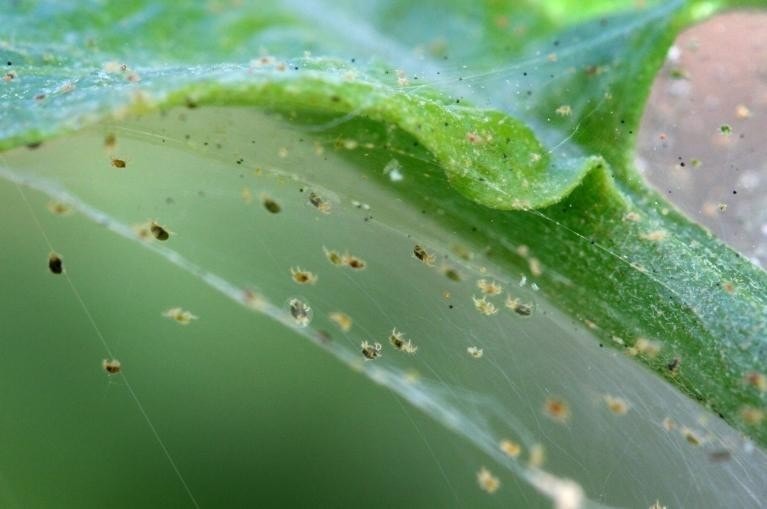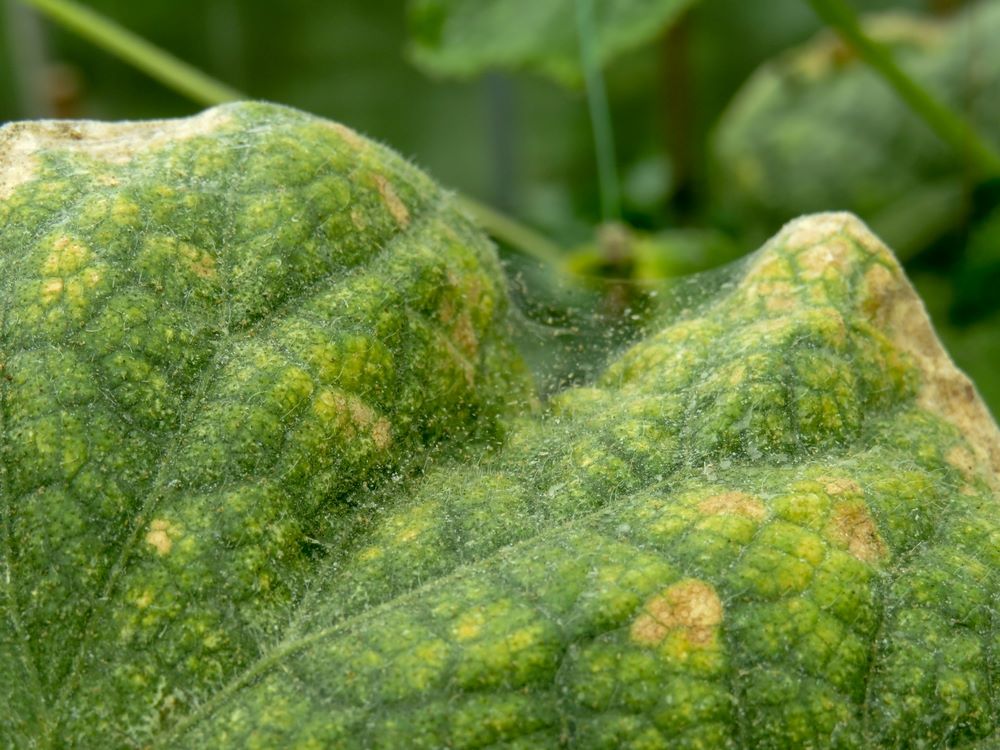Hello Gardeners Welcome to Garden Warden
Want to know How to Get Rid of Spider Mites on Indoor Plants? You’ve come to the right place! Get the information you need and banish those little pests from your beloved plants.
Saving your indoor plants from spider mites requires a combination of identification, cleaning, and treatment strategies. These tiny pests may be small, but they can cause significant damage to your plants. Explore this detailed guide to effectively remove spider mites and protect your plants.
Spider Mites

Spider mites are tiny arachnids, typically less than 1 mm in size, belonging to the Tetranychidae family. These common plant pests survive by feeding on plant sap, piercing the cells of leaves, stems, or other plant parts. They thrive in warm, dry conditions and reproduce quickly. If you notice webbing on your plants, it’s often a clear sign of a severe infestation.
How to Identify The Infestation

If your plant leaves start turning from green to yellow, develop a speckled appearance, or show signs of fine webbing and a dusty texture, it’s a clear indication that spider mites are attacking your plants. To confirm, use a magnifying glass to spot these tiny pests feeding on your greenery.
Ferns, palms, ivy, and succulents are among the most common indoor plants affected by spider mites.
How to Get Rid of Spider Mites on Indoor Plants?
1. Isolate
The first step is to move infested plants away from healthy ones to prevent the spider mites from spreading to other plants.
2. Clean The Plants
To tackle the infestation, use lukewarm water to gently clean your plants. Wipe the leaves carefully to remove spider mites and their webbing, ensuring you don’t damage the plant.
3. Increase Humidity
Spider mites are born to thrive in warm and drive environments. Increasing humidity around your plants by misting or using a humidifier can help to get rid of these pets.
4. Use Natural Treatment
- Homemade Spray: A few drops of rubbing alcohol, 1 tablespoon of dish soap, and 1 quart of water mixture can effectively help to get rid of spider mites on your indoor plants. Rinse off the solution after a few hours.
Neem Oil: Add 2 teaspoons of neem oil in 1 quart of water and spray the solution on every part of the plant.
- Insecticidal Soap: For mild use 2 and for severe use 5 tablespoons per gallon of water. Focus on the underside of leaves where spider mites tend to hide.
Introduce Predatory Mites
If you prefer not to use sprays or solutions on your indoor plants, consider introducing predatory mites. These beneficial insects act as your personal army, attacking and controlling spider mites naturally.
Typer of Predatory Mites
Phytoseiulus persimilis:
- Very effective to get rid of spider mites
- Ideal for humid conditions and easily suppresses infestation.
Amblyseius californicus:
- More suitable for drier conditions compared to P. persimilis
- Works on a variety of small pests, such as spider mites and thrips.
- Apply this for long-term prevention and maintenance.
How to introduce
- Release them as soon as you notice the early signs of spider mites.
- Lightly sprinkle onto the plants.
- Avoid chemical pesticides beforehand.
- Remove dust on leaves to make sure easy movements for mites.
- Observed your plants for at least 1 to 2 weeks.
Regular Maintainance
- Prune: Cut off the severely damaged leaves and stems to prevent further infestation.
- Observe: Check weekly for signs of re-infestation.
- Clean Surroundings: Maintain cleanliness around your plant and pot, as mites can hide there.
Tips:
- Clean your plant and mist regularly to maintain humidity.
- Avoid over-fertilizing.
- Introduce regular pest checks into your plant care routine.
From my personal experience, combining these methods is the most effective way to save your indoor plants from spider mites. Catching the infestation early is key—it makes it much easier to Get Rid of Spider Mites on Indoor Plants.


